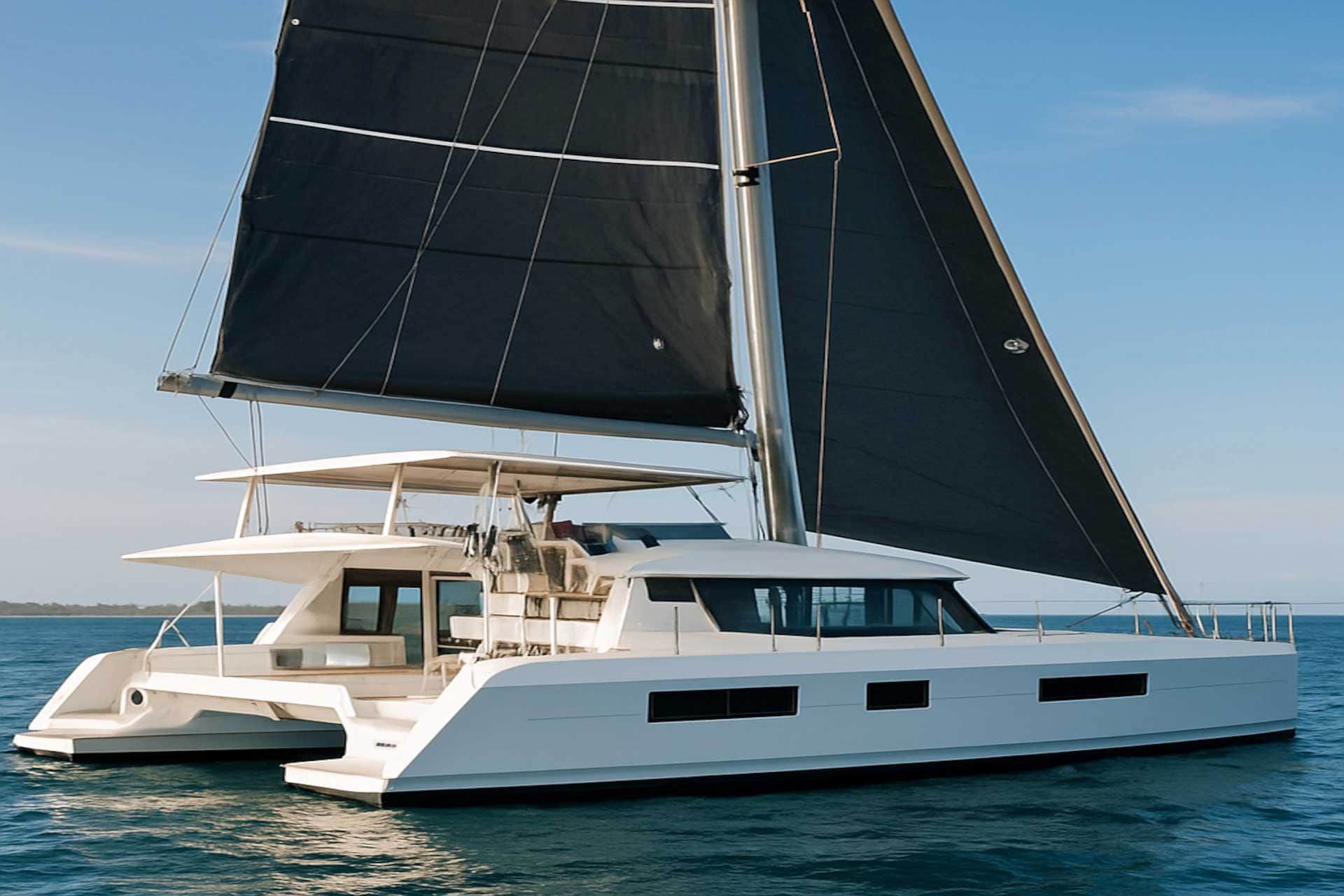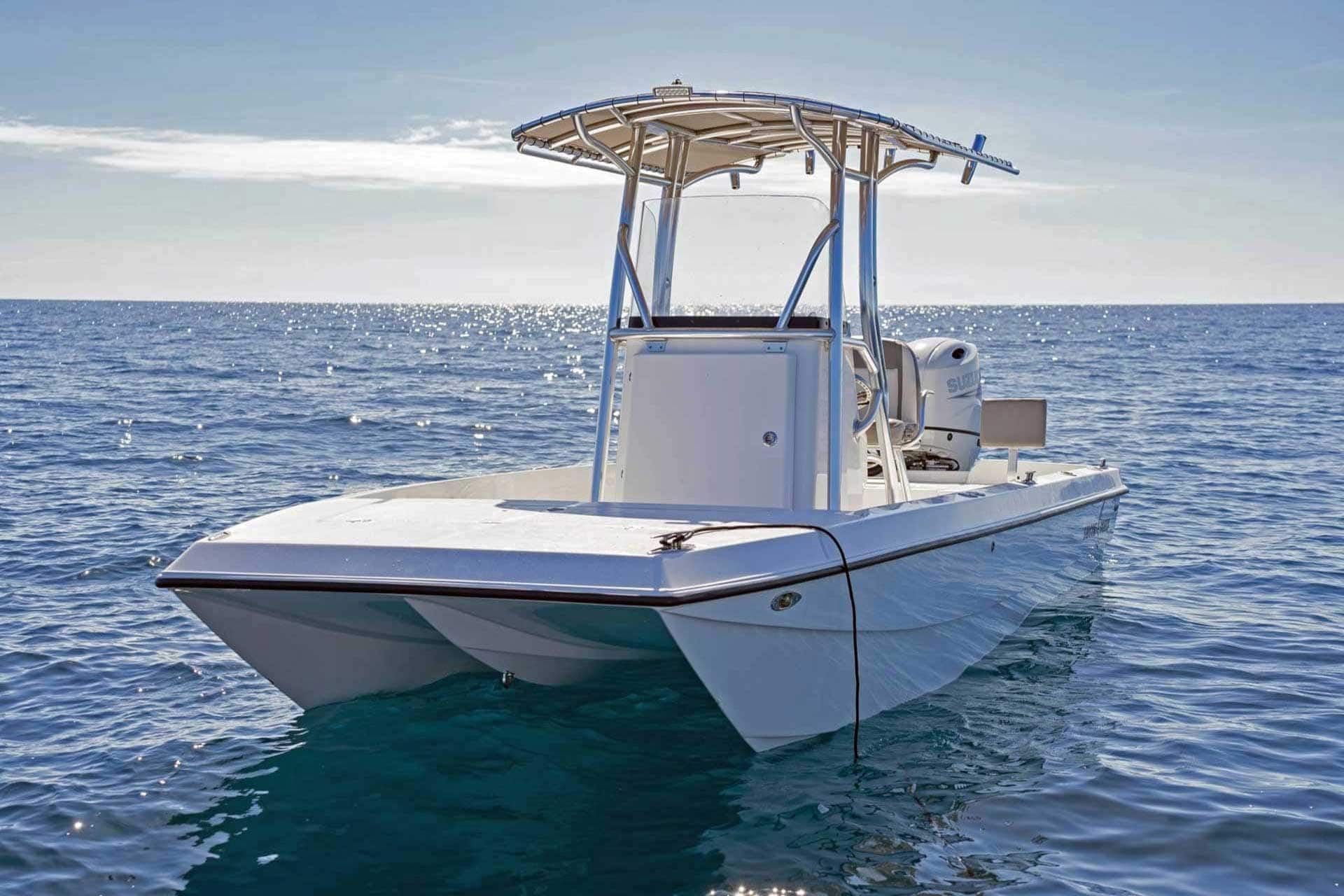Vacuum Infusion vs. Hand Lamination: Why Modern Catamaran Construction Makes All the Difference
The Evolution of Catamaran Construction
In the world of boatbuilding, how a vessel is constructed directly impacts its performance, longevity, and value. For decades, hand lamination was the industry standard—labor-intensive, inconsistent, and heavy. Today, innovative builders like Falcon Boats USA are raising the bar with vacuum infusion composite technology.
Vacuum Infusion: Stronger, Lighter, Smarter
Vacuum infusion involves laying dry fibers into a mold and then using vacuum pressure to infuse resin evenly throughout the laminate. This results in consistent resin distribution, eliminating weak spots and excess weight often found in hand-laminated hulls. The process creates a stronger, more durable structure without the unnecessary bulk.
Cost Control Without Sacrificing Integrity
Vacuum infusion isn’t just about strength—it’s also a cost-effective solution. By precisely controlling the amount of resin used, builders avoid wastage, keeping production costs down while maintaining the highest construction standards. The result? High-performance catamarans that don’t break the bank.
Durability & Resale Value
A vacuum-infused catamaran not only performs better but also retains its quality over time. The superior structural integrity translates to a longer lifespan, reduced maintenance, and higher resale value. Buyers recognize the craftsmanship and are willing to pay a premium for boats built using this advanced method.
Consistency is Key
Unlike hand lamination, where human error can lead to variations in quality, vacuum infusion guarantees uniform construction across every build. From bow to stern, every inch of the catamaran meets exacting standards, ensuring peace of mind for owners.



